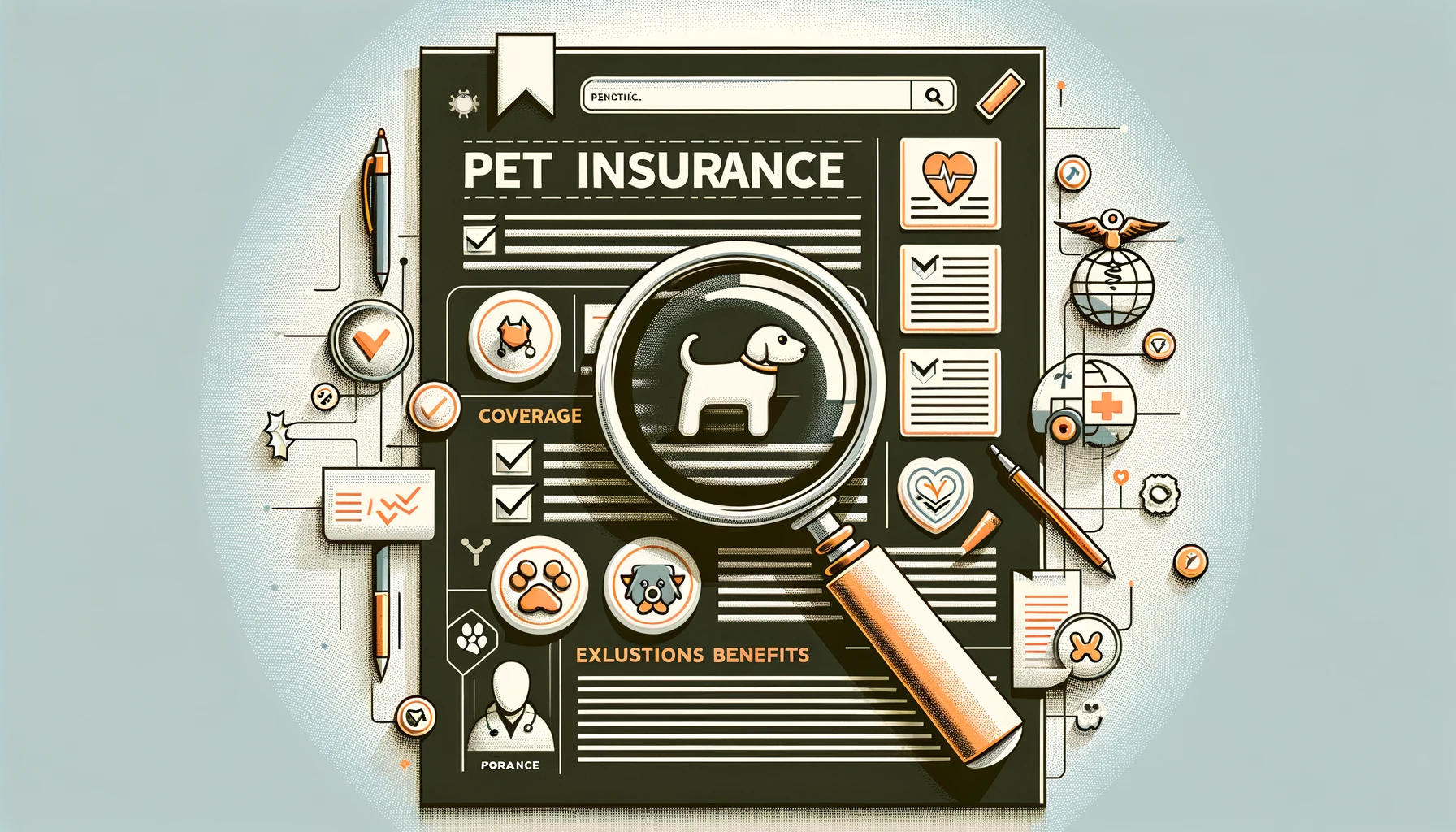Pet insurance is an invaluable tool for managing veterinary costs and ensuring your pet receives the care they need without financial hardship. However, selecting the right plan requires careful consideration. By comparing pet insurance plans thoroughly, you can find a policy that offers the best coverage for your pet’s specific health requirements and your budget. Here are five crucial steps to guide you through this process.
1. Determine Your Coverage Needs
Before diving into the specifics of different insurance plans, assess your pet’s healthcare needs. Consider their age, breed, and any pre-existing conditions that may require medical attention. Younger pets might benefit from accident and illness coverage, while older pets may require more comprehensive plans that include chronic conditions. Additionally, some breeds are prone to specific health issues, so look for plans that cover breed-specific conditions. Identifying your coverage priorities will help narrow down your options to those that meet your pet’s unique needs.
2. Understand the Different Types of Coverage
Pet insurance plans can vary significantly in what they cover. Generally, there are three main types of coverage: accident-only, accident and illness, and comprehensive (which may include wellness and preventive care). Accident-only plans are typically less expensive but offer limited coverage. Accident and illness plans cover a broader range of medical needs, including both unexpected injuries and diseases. Comprehensive plans offer the most extensive coverage, including routine care such as vaccinations and dental cleanings. Knowing the differences between these types of coverage will help you make a more informed decision.
3. Compare Deductibles and Reimbursement Levels
The deductible is the amount you pay out-of-pocket before the insurance company starts covering costs. Plans with higher deductibles usually have lower monthly premiums, but it’s important to choose a deductible you can afford in an emergency. Reimbursement levels determine the percentage of the vet bill that the insurance company will pay after the deductible is met. Higher reimbursement levels result in higher premiums but can significantly reduce your out-of-pocket expenses for veterinary care. Balancing these two factors based on your financial ability and risk preference is key to selecting the right plan.
4. Review Exclusions and Limits
Carefully review what each plan excludes from coverage. Common exclusions include pre-existing conditions, breed-specific issues, and certain types of treatments or procedures. Additionally, look at the plan’s limits—these can be annual, per-incident, or lifetime. Limits affect how much the insurance company will pay out over the policy’s duration. Plans with higher or no limits provide more extensive coverage but often come at a higher cost. Understanding these aspects is crucial to avoid surprises when you file a claim.
5. Consider the Insurance Provider’s Reputation
Finally, research the insurance provider’s reputation. Look for customer reviews, testimonials, and ratings on third-party websites. Pay attention to feedback regarding customer service, claim processing times, and overall satisfaction. The insurer’s financial stability and years in business can also indicate reliability. Choosing a provider with a strong reputation ensures that you and your pet receive the support you need when it matters most.
Comparing pet insurance plans is a meticulous process that requires attention to detail and careful consideration of your pet’s health needs and your financial situation. By following this 5-step guide—determining your coverage needs, understanding the types of coverage, comparing deductibles and reimbursement levels, reviewing exclusions and limits, and considering the provider’s reputation—you can make an informed choice that offers peace of mind and financial protection. Remember, the goal is to ensure your pet receives the best possible care throughout their life, and selecting the right insurance plan is a crucial step in fulfilling this commitment.



